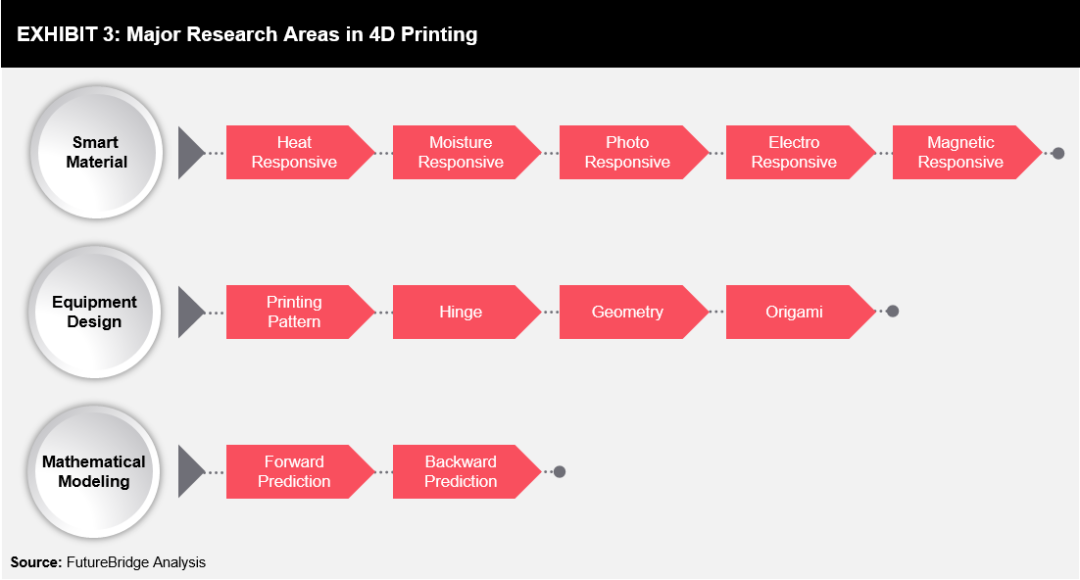


Compared with 0–3, 1–3 and, 2–3 piezoelectric composites, 3–3 ceramic/polymer composites have a bi-continuous architecture comprising an active ferroelectric ceramic phase and a passive flexible polymer phase, which possess high hydrostatic pressure sensitivity and good coupling properties with water, thereby improving the bandwidth and transmitting and receiving sensitivity of the transducer ( Newnham et al., 1978 Tressler et al., 1999 Bowen and Topolov, 2003). Underwater acoustic transducer is a kind of functional device that can convert acoustic and electrical signals into each other and its core component is piezoelectric composite material ( Tian et al., 2021 Li et al., 2006 Rouffaud et al., 2015). The electrical signal generated by the underwater acoustic transducer changed autonomously with the acoustic stimulation, which indicated the application mode of 4D printing in functional devices in the future. Finally, an underwater acoustic transducer was assembled by using the PZT piezoelectric composites fabricated by the above method. The effects of different printing rod spacing on the electrical properties of composites were evaluated and lucubrated. After post-process, the PZT ceramic specimens showed a nanoscale grain size with a density of 7.63 g/cm 3, accounting for 97.8% of the theoretical density. A ceramic slurry with a volume fraction of 52 vol% and suitable viscoelasticity was prepared. Lead zirconate titanate (PZT) piezoelectric composites used in transducers were fabricated via direct ink writing (DIW) combined with furnace sintering and resin impregnation. 4Advanced Ceramics Institute of Zibo New and High-Tech Industrial Development Zone, Zibo, China.3State Key Laboratory of Materials Processing and Die and Mould Technology, Huazhong University of Science and Technology, Wuhan, China.2School of Materials Science and Engineering, Wuhan University of Technology, Wuhan, China.1State Key Laboratory of Silicate Materials for Architectures, Wuhan University of Technology, Wuhan, China.
#4d printing wiki free#
There are several good, free utilities online that can check the validity of STL files, and their suitability for 3D printing.Kai Liu 1,2 Qingqing Zhang 2 Chenyang Zhou 2 Yusheng Shi 3 Ce Sun 4 Huajun Sun 1,2,4* Changxia Yin 4 Jiaming Hu 2 Shuyu Zhou 2 Yuzhen Zhang 2 Yu Fu 2 There should be no disconnected vertex, edge or face data, lest those elements cause the printing process to fail. It must be “watertight,” in that there are no “leaks” or errant holes within the mesh (make sure you weld your vertices). Note: in order to have a successful 3D printout from the STL format (or more correctly, meshes that are interchanged with the format), the model must be clean and well-built. Most computer animation and modeling programs, as well as many CAD programs, support the STL format. No higher level surface types are allowed, so whenever you save an object mesh into this format, make sure you understand what you are getting as a result of the translation. The STL format is a mesh interchange format that was originally intended to send computer models to a 3D printer so that the computer model could be made into a physical object.


 0 kommentar(er)
0 kommentar(er)
